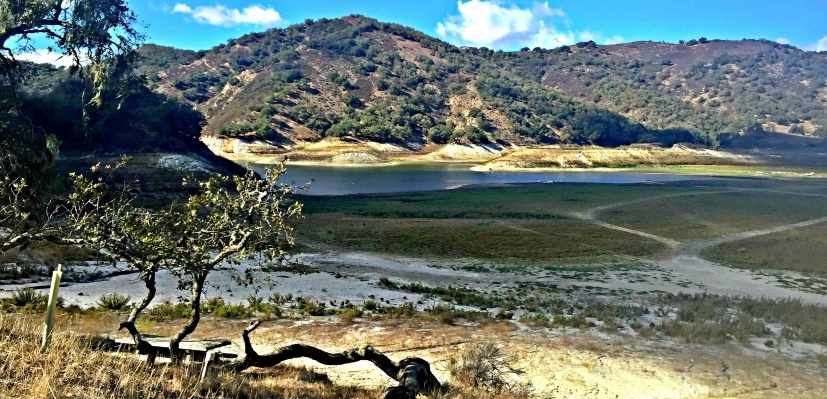How To: Plant Your Garden While Conserving Water
05/29/2015
Spring is here, and that means many people are getting ready to plant their gardens. However, with our county in an extreme state of drought it is important to be conscious of your garden’s impact on water supply. Luckily, it is easier than you would think.
Start out by picking the right plants. Plants that are native to your area require less water and will last longer. You can find out what plants are native to your area by going to www.slowaterwiselandscaping.com. Don’t choose the plants that are going to grow much larger than you need them to. The bigger the plant the more water it requires, which defeats the purpose of conservation. You can also consider buying drought-tolerant plants such as succulents, which require little to no water. Check out these incredibly beautiful succulent gardens.
There are many techniques you can use to help conserve water in your garden, such as piling on mulch, making your garden path porous, and putting thirsty plants together. Natural mulches like bark, compost and pine needles help reduce water loss. Porous garden paths, like spaced bricks, pebbles and gravel, allow rainwater to seep into the ground and nourish your plants rather than running off down the street. By putting thirsty plants in a group next to the house where they can drink from roof runoff can help make it so you have to water these plants half as much.
It’s time to start thinking about the water you are using to water your garden. There are many different ways you can water your garden than potable water. One way to water your garden conservatively is to use grey water. Grey water is used for household tasks such as washing dishes or laundry, and then saved for watering the garden. Another way is to harvest rainwater from your roof. Since an average of 24,000 liters can be collected from a roof, it is an untapped resource that can be a very effective way of saving money and water.
By making just a few easy changes to the way you normally plant and nourish your garden, you can do your part in helping our community save water.


Edit1.jpg)
0.jpg)

1.jpg)
10.jpg)

edit0.jpg)